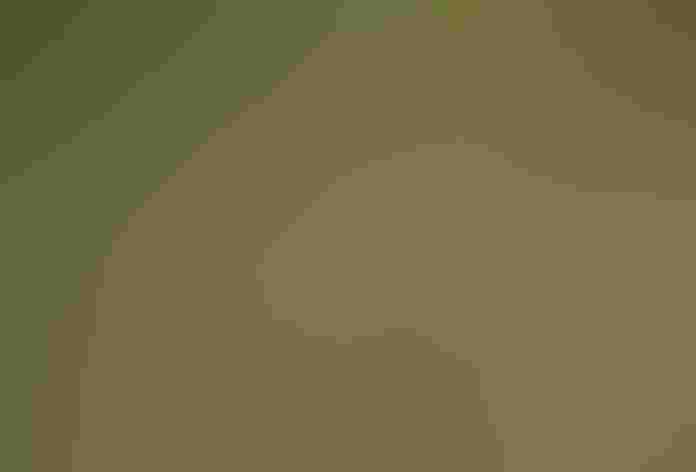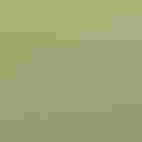Bachman’s Sparrow
At a Glance
Plain in appearance but with a beautiful whistled song, Bachman's Sparrow is an uncommon and elusive resident of the Southeast. Its classic habitat is mature pine forest, where it lives in the open grassy understory, flying up to low pine branches only to sing. As such forests have become scarce, it has also nested in brushy open fields. When not singing, this sparrow is extremely secretive, hiding in the undergrowth, and it is easily overlooked.
All bird guide text and rangemaps adapted from Lives of North American Birds by Kenn Kaufman© 1996, used by permission of Houghton Mifflin Harcourt Publishing Company. All rights reserved.
Category
New World Sparrows, Perching Birds
IUCN Status
Near Threatened
Habitat
Forests and Woodlands, Shrublands, Savannas, and Thickets
Region
Florida, Great Lakes, Mid Atlantic, Plains, Southeast, Texas
Behavior
Flitter, Running
Population
170.000
Range & Identification
Migration & Range Maps
Southern birds probably permanent residents, northern ones probably migratory; status is hard to assess in many areas because non-breeding birds are so difficult to detect.
Description
6" (15 cm). Large and long-tailed for a sparrow, relatively plain brown with a reddish tinge and few obvious markings. Botteri's Sparrow very similar, but no overlap in range.
Size
About the size of a Robin, About the size of a Sparrow
Color
Black, Brown, Gray, Tan, White
Wing Shape
Broad
Tail Shape
Rounded, Square-tipped
Songs and Calls
Clear, sweet whistle followed by a trill on a different pitch.
Call Pattern
Falling, Rising, Undulating
Call Type
Chirp/Chip, Trill, Whistle
Habitat
Open pine or oak woods, palmetto scrub, bushy pastures. Favors relatively open grassy areas. Historically was most common in understory of mature pine forest, where frequent fires limited the amount of brush; as mature forest has become scarce, more Bachman's Sparrows are found in clearcuts, powerline rights-of-way, old pastures, and other open areas.
Sign up for Audubon's newsletter to learn more about birds like the Bachman's Sparrow
Behavior
Eggs
3-4, sometimes 2-5. White, unmarked. Incubation is by female only, about 12-14 days.
Young
Both parents bring food to the nestlings. Young leave the nest about 9-10 days after hatching. 1-2 broods per year, perhaps rarely 3.
Feeding Behavior
Forages almost entirely on the ground, moving rather slowly in a limited area. Picks up items from ground or jumps up to take items from low vegetation.
Diet
Mostly seeds and insects. Diet is not known in detail. In summer, majority of diet apparently is insects, especially beetles, caterpillars, grasshoppers, also other insects and spiders. Also eats many seeds, particularly those of grasses; seeds may be especially important in diet in winter.
Nesting
In southern areas, members of a pair may remain together at all seasons. Beginning in early spring, male sings to defend nesting territory. Nest site is almost always on the ground, typically placed at the base of a shrub, clump of grass, or palmetto. Occasionally placed a few inches above the ground, within the base of a weed or grass clump. Nest (built by female) is an open cup made of grass, weeds, rootlets, lined with fine grass and animal hair. Often has a domed top of woven grasses at least partially covering nest.
Conservation
Conservation Status
Around beginning of 20th century, range of species expanded well to the north, as the bird moved into brushy areas and second-growth created by cutting of forests. The range has since contracted sharply again. Bird is now uncommon and possibly declining in the South. Loss of habitat is a major current problem.
Climate Threats Facing the Bachman's Sparrow
Choose a temperature scenario below to see which threats will affect this species as warming increases. The same climate change-driven threats that put birds at risk will affect other wildlife and people, too.




